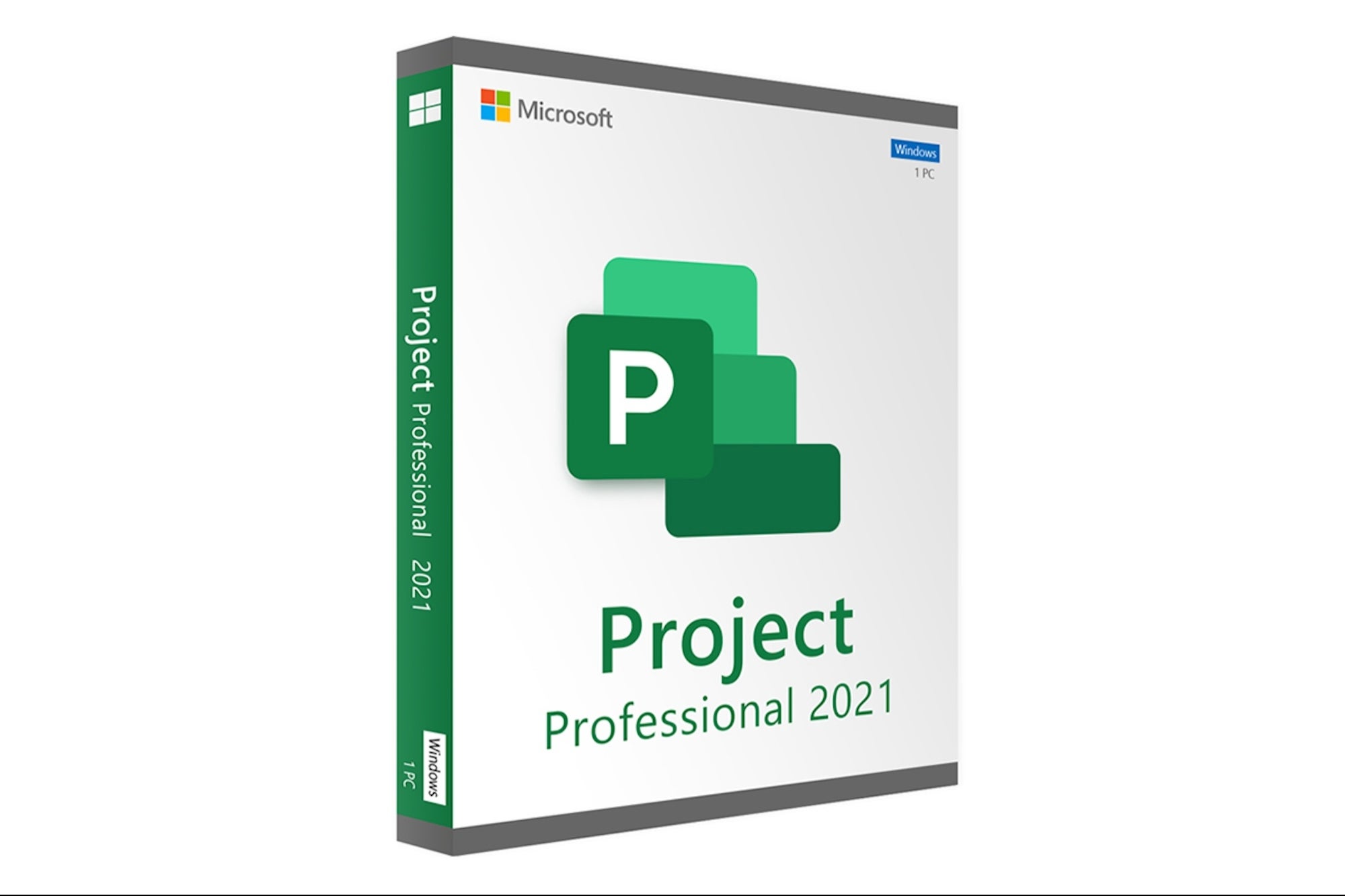AFFILIATE MARKETING
Father’s Day Gift: Get Microsoft Project for Just $20

Disclosure: Our goal is to feature products and services that we think you’ll find interesting and useful. If you purchase them, Entrepreneur may get a small share of the revenue from the sale from our commerce partners.
Father’s Day is a great time to show Dad you really know him. And for project-oriented fathers who are always trying to check off boxes and be their most productive selves, you could win the day with Microsoft Project 2021 Professional. This leading project management tool is on sale through June 10 as part of our Father’s Day Sale.
Microsoft Project has earned 4.4/5 stars on GetApp and Capterra. TechRadar writes, “Microsoft Project remains an excellent project management tool for experienced professionals. Its ability to forecast project costs and assign resources based on intricate details means it can simply go further than and do more than the alternative project solutions.”
This powerful tool is surprisingly intuitive to use, giving you a range of pre-built templates for all kinds of projects. You can seamlessly manage projects with the right timelines, budgets, and resources for your specific needs. Scheduling and organizing multiple timelines is a breeze, while built-in reports help you identify bottlenecks, iron out inefficiencies, and make more informed decisions on each individual task. You can even run what-if scenarios to explore the potential outcomes of different decisions.
You can sync with Project Online and Project Server to keep everything organized from start to finish. Plus, Microsoft Project supports the Long-Term Servicing Channel (LTSC) and is compatible with Office LTSC and Office 2021 for even more streamlined management.
This offer is made possible by an authorized Microsoft Partner, so you know you’re getting a legit deal.
Now through 11:59 p.m. PT on June 10, you can get Microsoft Project 2021 Professional for just $19.97 (reg. $249) for Father’s Day.
StackSocial prices subject to change.

















